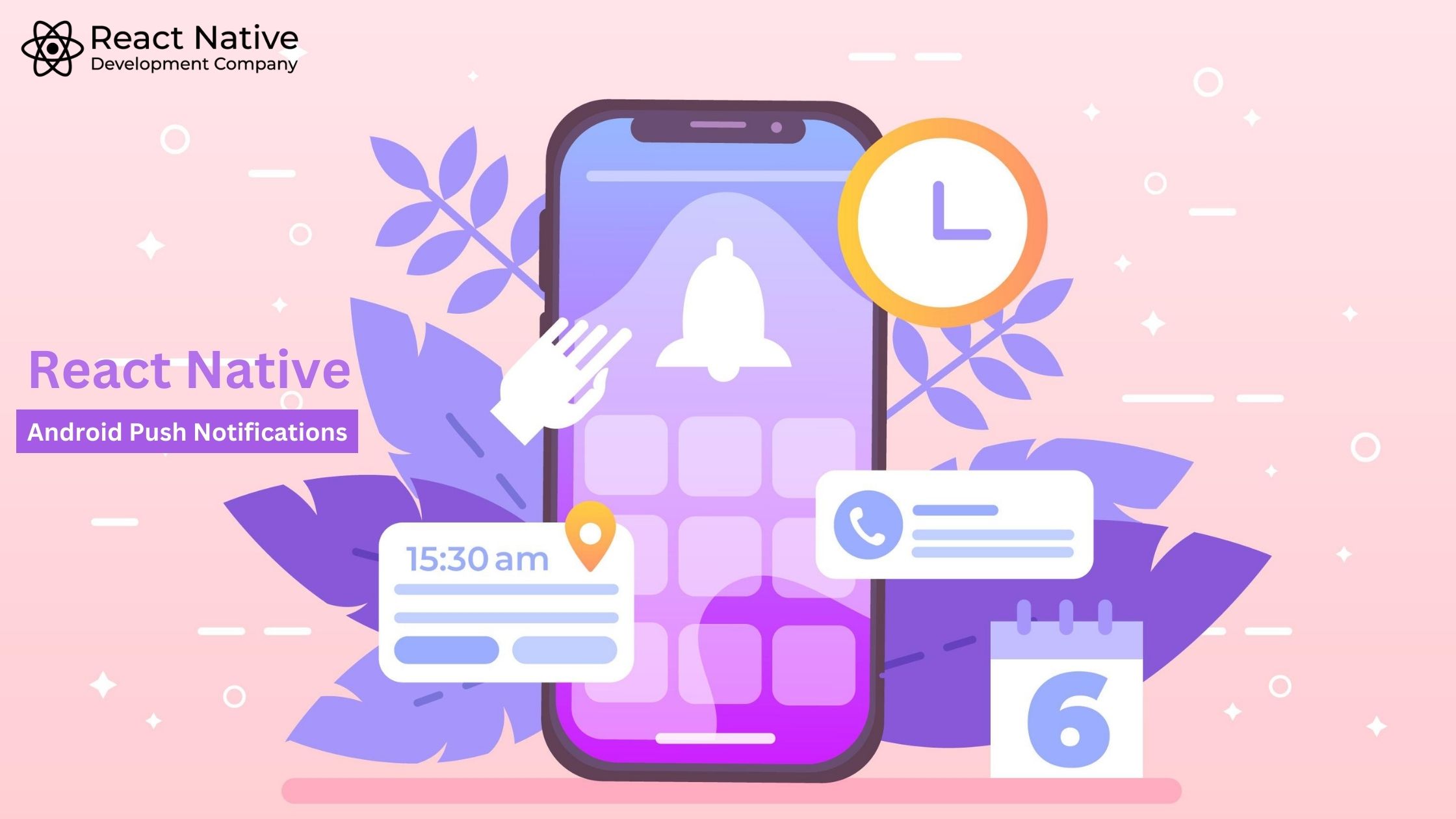
A Comprehensive Guide to React Native Android Push Notifications
In the fast-paced world of mobile app development, staying connected with your users is crucial. One effective way to engage and re-engage users is through push notifications. In this comprehensive guide, we’ll delve into the world of React Native Android push notifications. We’ll not only explore the technical aspects but also shed light on the significance of push notifications in the context of Facebook and its mobile app. By the end of this article, you’ll have a deep understanding of how to implement push notifications in your React Native Android app and what they mean for user engagement.
Understanding Push Notifications
Push notifications are short messages sent to a user’s device from a server or application. They serve various purposes, from alerting users about new messages to providing updates on app-related activities. Let’s break down the keywords in our title and understand their significance.
- What Does Push Notifications Mean on Facebook?
- Push notifications on Facebook inform users about friend requests, messages, comments, and more. They are essential for keeping users engaged and active on the platform.
- What Does Push Mean on Facebook Notifications?
- Push, in the context of Facebook notifications, refers to the action of sending these notifications to users’ devices. It’s how Facebook ensures users stay informed and connected.
React Native Android Push Notifications
Now that we have a foundational understanding of push notifications, let’s dive into how to implement them in React Native for Android.
- Getting Started with React Native Push Notifications for Android
- To begin, you’ll need to set up your React Native project and configure it to handle push notifications.
- Configuring Firebase for React Native Push Notifications
- Firebase Cloud Messaging (FCM) is a popular choice for sending push notifications to Android devices. We’ll guide you through the setup process.
- Coding Push Notifications in React Native for Android
- Delve into the code to understand how to send and receive push notifications within your React Native app.
The Significance of Push Notifications
Push notifications aren’t just about delivering messages; they have a significant impact on user engagement and retention.
- Enhancing User Engagement with Push Notifications
- Learn how well-crafted push notifications can encourage users to open your app and interact with it.
- Reducing Churn Rate
- Discover how push notifications can help reduce the number of users who abandon your app over time.
Best Practices for React Native Android Push Notifications
To make the most of push notifications, it’s essential to follow best practices.
- Personalization and Targeting
- Explore techniques for delivering personalized notifications that resonate with your users.
- Timing and Frequency
- Understand when and how often to send push notifications without annoying your audience.
- A/B Testing
- Learn how to experiment with different notification styles and content to find the most effective approach.
Advanced Techniques for React Native Android Push Notifications
In this chapter, we’ll explore some advanced techniques to take your push notifications to the next level.
- Rich Media Notifications
- Learn how to include images, videos, and interactive elements in your push notifications to make them more engaging.
- Geolocation-based Notifications
- Discover how to send notifications based on a user’s location, providing them with relevant information about nearby events or offers.
- In-App Messaging
- Explore the concept of in-app messaging as an extension of push notifications to provide a seamless user experience.
Troubleshooting and Debugging Push Notifications
While implementing push notifications, you may encounter various issues. This chapter will help you troubleshoot and debug common problems.
- Testing Push Notifications
- Understand the importance of thorough testing and how to simulate push notifications in a development environment.
- Handling Delivery Issues
- Learn how to address issues related to notifications not being delivered or being delayed.
- Debugging Tips
- Discover debugging techniques and tools to diagnose and fix problems in your push notification setup.
Push Notification Analytics and Metrics
To gauge the effectiveness of your push notification strategy, you need to analyze key metrics.
- Measuring Engagement
- Explore metrics like open rates, click-through rates, and conversion rates to assess how users interact with your notifications.
- User Segmentation
- Learn how to segment your user base for more targeted and effective push notifications.
The Future of Push Notifications
As technology advances, push notifications also continue to evolve. In this chapter, we’ll look at emerging trends and the future of push notifications in React Native Android apps.
- Machine Learning and AI
- Discover how machine learning and artificial intelligence can be applied to personalize and optimize push notification campaigns.
- Wearable Devices and IoT
- Explore the potential of extending push notifications to wearable devices and the Internet of Things (IoT).
Legal and Ethical Considerations
It’s crucial to respect user privacy and comply with legal regulations when using push notifications.
- GDPR and Privacy
- Understand the General Data Protection Regulation (GDPR) and how it affects push notification practices.
- Opt-In and Opt-Out Mechanisms
- Learn how to implement user-friendly opt-in and opt-out mechanisms to give users control over their notifications.
Conclusion
Push notifications have become a cornerstone of modern mobile app engagement strategies. They bridge the gap between your app and its users, providing timely and relevant information. In this extensive guide, we’ve covered everything from the basics of push notifications to advanced techniques and future trends. Armed with this knowledge, you can harness the full potential of push notifications in your React Native Android app, delivering value to your users and driving engagement.
Remember that successful push notifications strike a balance between providing value to users and respecting their preferences. By following the guidance in this article and staying informed about industry developments, you can keep your app’s notification strategy both effective and user-friendly.
In the ever-evolving landscape of mobile app development, push notifications remain a vital tool for user engagement and retention. This guide has equipped you with the knowledge and skills to leverage push notifications effectively in your React Native Android app. As you implement and refine your push notification strategy, always prioritize the user experience, privacy, and relevance. By doing so, you’ll create a lasting connection with your audience and drive the success of your app.
Frequently Asked Questions
You can use packages like React Native Firebase or React Native Push Notification to handle push notifications. Installation and setup involve configuring Firebase for Android and linking it to your React Native project.
You'll need a Firebase project, Google Services JSON file, React Native CLI, and the necessary packages for handling notifications.
You can use the react-native-push-notification or a similar library to handle notification events and display custom notifications when the app is active or in the background.
Yes, there are limitations on the number of notifications sent per device, payload size, and restrictions based on user permissions.
While the general setup process is similar, there are platform-specific configurations and differences in handling notifications due to the underlying systems (FCM for Android and APNs for iOS).
Always ensure to refer to the latest documentation and specific package guidelines for the most accurate and updated information when working with React Native Android push notifications.
